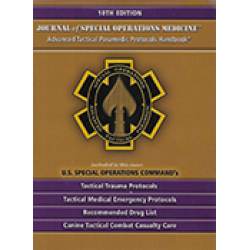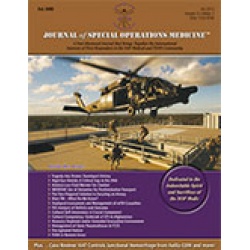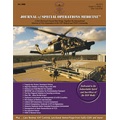MEDEVAC Use of Ketamine for Postintubation Transport
Grumbo R, Hoedebecke KL, Berry-Caban CS, Mazur A 13(3). 36 - 41 (Journal Article)
The use of traditional sedatives and analgesics in intubated patients can have undesired hemodynamic consequences with increases in sedation exacerbating hypotension and potentially avoidable morbidity and mortality. This project compared 50 intubated patients using traditional analgesics and sedatives to 20 intubated patients using ketamine with the hypothesis that there would be a significant difference in subsequent blood pressure drop between the two groups. Though the results did not prove to be statistically significant within this small study, the authors did observe a trend toward significance. Additionally, some hypotensive patients had traditional analgesics and sedatives withheld altogether, which did not occur within the ketamine group. Due to the reduced side-effect profile, deployed medical providers should have increased training with and use of ketamine in the pre-hospital setting.


 Español
Español 




